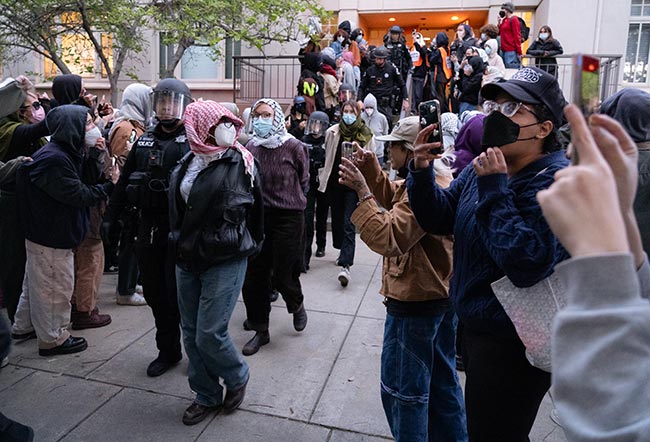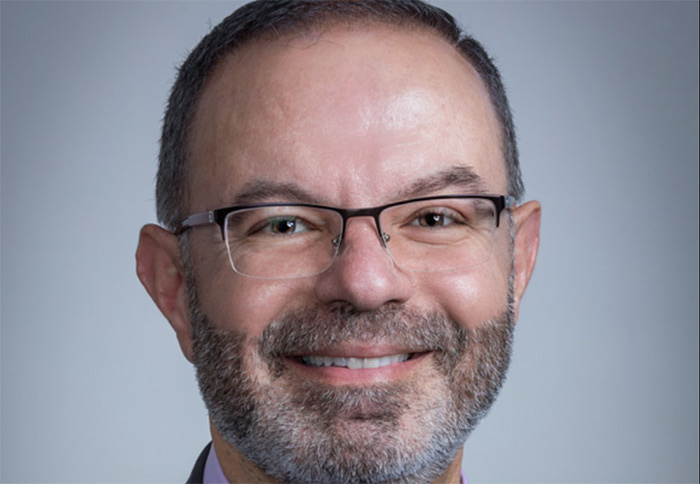District projects move forward with Measure G funds

The Claremont Unified School District has completed roof repair and replacement at all the local schools and remodeled the Claremont High School gym, but all of its other projects funded by a $58 million bond measure remain in progress or in design.
About $10 million has been committed to various projects as of March 2018, of which $5.8 million has actually been spent.
Measure G, approved by voters in 2016, authorized the district to issue no more than $58 million in general obligation bonds to address a variety of facility-related needs at CUSD schools, including refurbishing pools, replacing portable classrooms and fixing air conditi
Many planned upgrades are still being designed, or plans are stuck in the Division of the State Architect’s office, according to Lisa Shoemaker, the assistant superintendent of business services.
Up next on the agenda: replacing old portable classrooms with modular buildings—permanent structures built off-site —at elementary schools and El Roble Intermediate School.
Ms. Shoemaker told the board of education at a meeting last fall that the portables have a 15-year lifespan but have been used for 20 to 30 years, and are in a state of “ancient disrepair.”
She anticipates breaking ground on the modular classrooms as soon as school gets out for the summer.
“We’re hoping to have those completed by January of 2019, at least the first phase,” she said.
The district has committed about $1.5 million to that project, and has actually spent about $1 million to date. The estimated budget for the classrooms is about $22 million, though Ms. Shoemaker notes the budget “may change significantly” depending on what the DSA says.
After CUSD’s architect submits plans for a renovation, the DSA has to review and approve them. The process can take up to six months, Ms. Shoemaker said. “There’s just all kinds of timelines that we can’t control,” she said.
CUSD might have to make additional, unanticipated changes to their building plans. For instance, Ms. Shoemaker said, the “architect might require a new fire hydrant, switchbacks, restrooms within x number of feet of any new classrooms.”
Although CHS’ remodeled gym opened in January, the DSA told the district that because they were installing bleachers, the bathrooms had to be redone to be compliant with the Americans with Disabilities Act. The gym renovation was expected to cost $900,000, but new projections have the project at $1.5 million.
“I guess you could consider them delays, but they’re requirements,” Ms. Shoemaker said. “The state makes the rules. So we were not aware that we would have to upgrade bathrooms because of putting in bleachers.”
The gym’s AC replacement, originally slated to be completed by the end of April, will be done by May, so as to not disturb sports teams’ practices.
The district has committed roughly $2.2 million to the various gym features and on other structures at CHS, including the music building and the student center, and has spent about $900,000 of that.
Another $1.8 million has been committed to classroom modernizations around Claremont, while district-wide roofing cost about $3.6 million.
But one of the most eagerly awaited upgrades—pool improvements at El Roble and CHS—may not be ready for several years.
Ms. Shoemaker said the district has been working with “constituent groups like PE departments, coaches, staff on [pool designs] that works best for their programs” at El Roble and CHS, so the DSA has not yet received the proposal.
“We’re hoping by next spring that we’d have [the pools and locker rooms] going out to bid,” Ms. Shoemaker said. Roughly $1 million has been committed to the pools and locker rooms so far, with about $300,000 of that amount already spent, but Ms. Shoemaker expects the combined budget for the project to be about $9.6 million.
El Roble’s pool has been unusable and closed for several years, while the CHS pool is deteriorating, and Claremont residents have consistently requested repairs at school board meetings.
Rick Cota, the district’s executive director of facilities and project management, described the lengthy process that precedes construction.
“We have invested well over a year in planning and submission of paperwork to DSA for our locker rooms and pools at El Roble and CHS,” he said. “We also have done the same with CHS for its new student center building and music building modernization. Typically these projects can take 18 to 24 months from inception.”
Measure CL, the ill-fated $94.9 bond measure proposed in 2010, would have funded a number of projects that were left incomplete when the district ran out of money from the $48.9 million Measure Y bond in 2000.
At the time, Ms. Shoemaker told the COURIER that rising construction costs and high competition between school districts for contractors played a role.
When asked whether she’s concerned CUSD could again deplete its bond funding before projects are complete, Ms. Shoemaker said the district’s architects “are using the latest market information available to provide cost estimates.”
“Things like natural disasters, world economics, regional economics and other factors beyond our control can all [affect] project cost,” she said. “We consistently look at ‘what if’ scenarios and consider contingency plans.”
Some of the district’s projects may be eligible to receive matching funding from the state, but Ms. Shoemaker said California has a backlog of unfunded projects, so there’s no guarantee.
“Timing is very critical at this point, so delays may result in cost escalations,” she said. “We do not want to wait for state funding that may or may not come to fruition, at the risk of significant project cost increases.”
—Kellen Browning








0 Comments